This article was originally published in November 2016.
Once you've visited our national parks during their quietest season in winter, you may never go back to the busier and more crowded summer months. Though access to certain areas may be limited and you may need to plan differently, wintertime and early spring in the parks offers a completely different and often more tranquil experience. Congested roadways give way to cross-country ski and snowshoe trails, rocky mountain faces become a backcountry skier's paradise, a cool blanket of snow gives the already beautiful landscapes a soft, fresh feeling. It isn't the season to hunker down and stay indoors, but rather the time to get out and see how winter transforms our beloved national parks.
Yosemite National Park, California
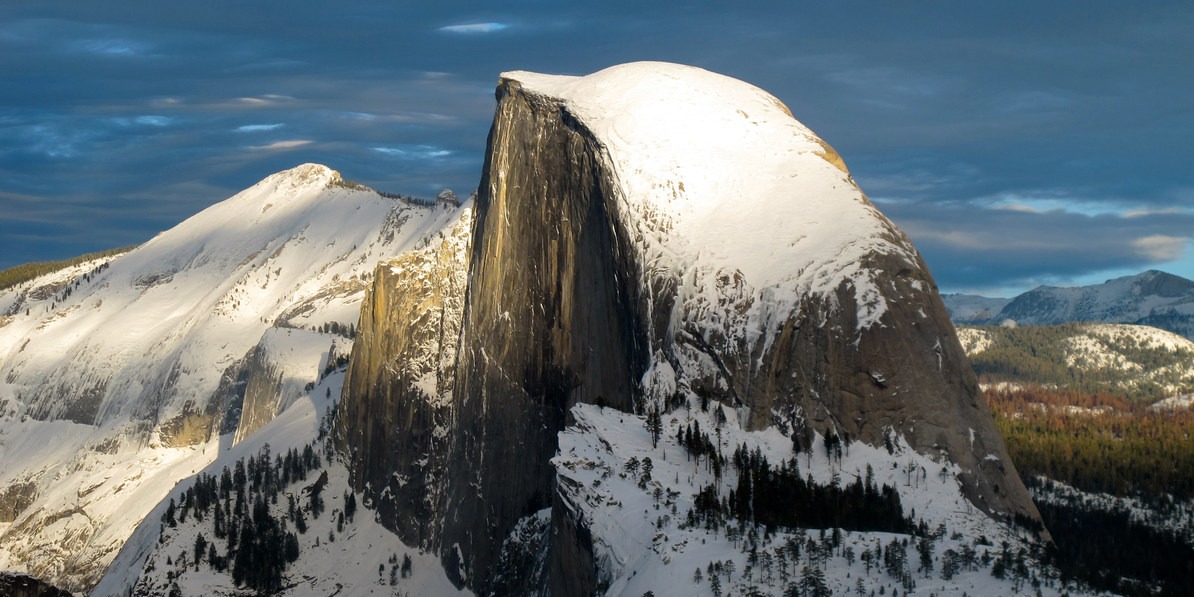
Half Dome with a dusting of snow. Photo by Corey Moffat.
Yosemite National Park is a great year-round destination. In the winter the Tioga and Glacier Point Roads close to motorized vehicles, but that doesn't mean the famous Glacier Point is inaccessible. The route is open for cross-country skiers and snowshoers, and the 21-mile trip can be done in a day; if you're prefer to break it up, you can camp in the snow or book a night at the Glacier Point Ski Hut. The Awhaahnee Hotel is open all year, as is the Majestic Yosemite Hotel and Yosemite Valley Lodge. Half Dome Village is open on restricted days, so be sure to check their schedule prior to arrival.
Crater Lake National Park, Oregon

A snow covered Crater Lake. Photo by Daniel Sherman.
On average, Crater Lake National Park sees 44 feet of snow each winter. Most of the roads, including Rim Drive, are closed in the winter, but access via Highway 62 to the southern entrance is still possible. Though the Rim Drive is not maintained, it's the perfect route for cross-country skiers or snowshoers to explore the park. A few of our favorite day trips are the Watchman and Garfield Peak. There are no winter lodging options aside from the tent you bring with you. The 33-mile circumnavigation of Crater Lake can be done in three to four days, though avalanche training is a must, and park conditions should always be factored into your decisions.
Mount Rainier National Park, Washington
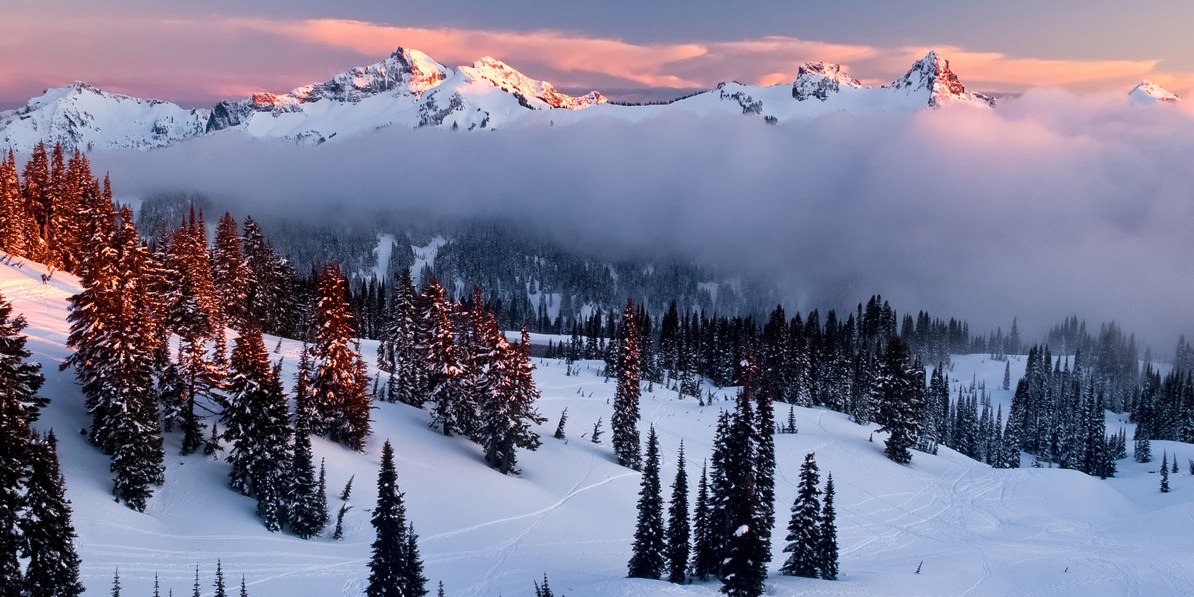
Alpenglow on the Tatoosh with evidence of winter adventures below. Photo by Daniel Sherman.
Mount Rainier National Park gets an average of 54 feet of snow annually, and though it starts snowing in October, the skiing, sledding, and winter camping opportunities are abundant. Washington Highway 706/Paradise Road up to Paradise is the only maintained and plowed road into Mount Rainier National Park with the exception of adventures departing from Chinook Pass. Paradise Inn is closed in the winter, but the Paradise Visitor Center is open and staffed on weekends and holidays from mid-October through May. The National Park Inn in Longmire is open year round. Winter backcountry camping is permitted anywhere throughout the park once a minimum of 5 feet of snow has accumulated provided you camp a minimum of 300 feet from all trails and structures.
Bryce Canyon National Park, Utah
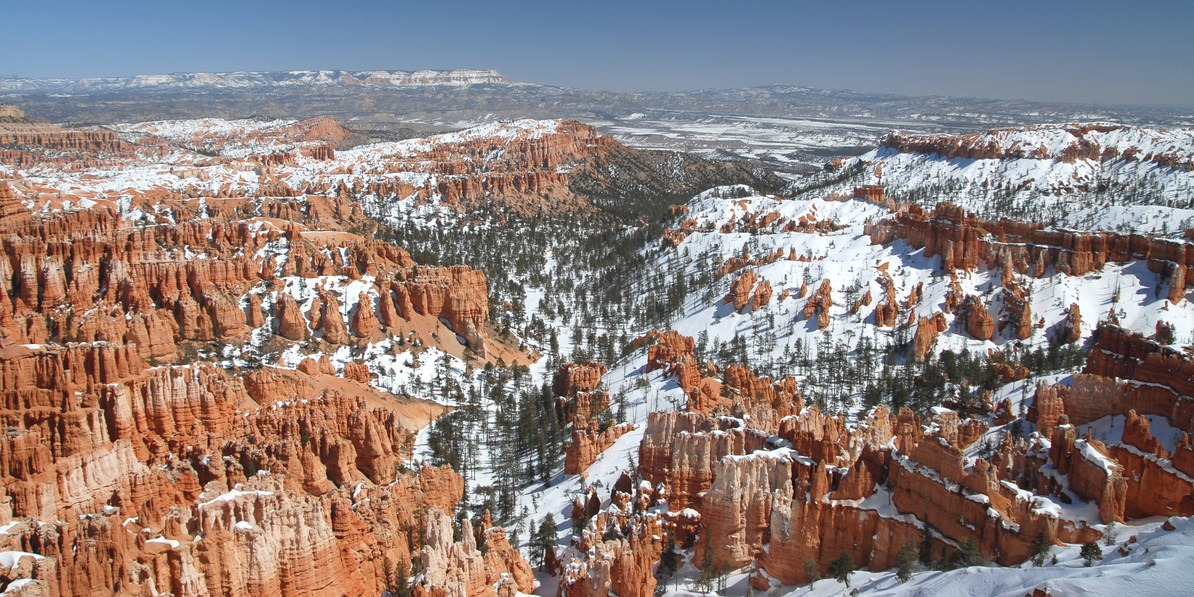
Bryce Canyon as seen from Inspiration Point. Photo by Tyson Gillard.
The Bryce Canyon rim, more accurately called the eastern rim of the Paunsaugunt Plateau, stands an astounding 8,000 to 9,000 feet above sea level and up to 3,000 feet above the Paria River, the canyon's main drainage. Snow can linger well into spring at this altitude, creating a vivid contrast to the deep orange sedimentary hoodoos that make up the canyon's numerous amphitheaters. In addition, Bryce is a great stargazing location, and the crisp winter air makes the stars even more amazing.
Lassen Volcanic National Park, California
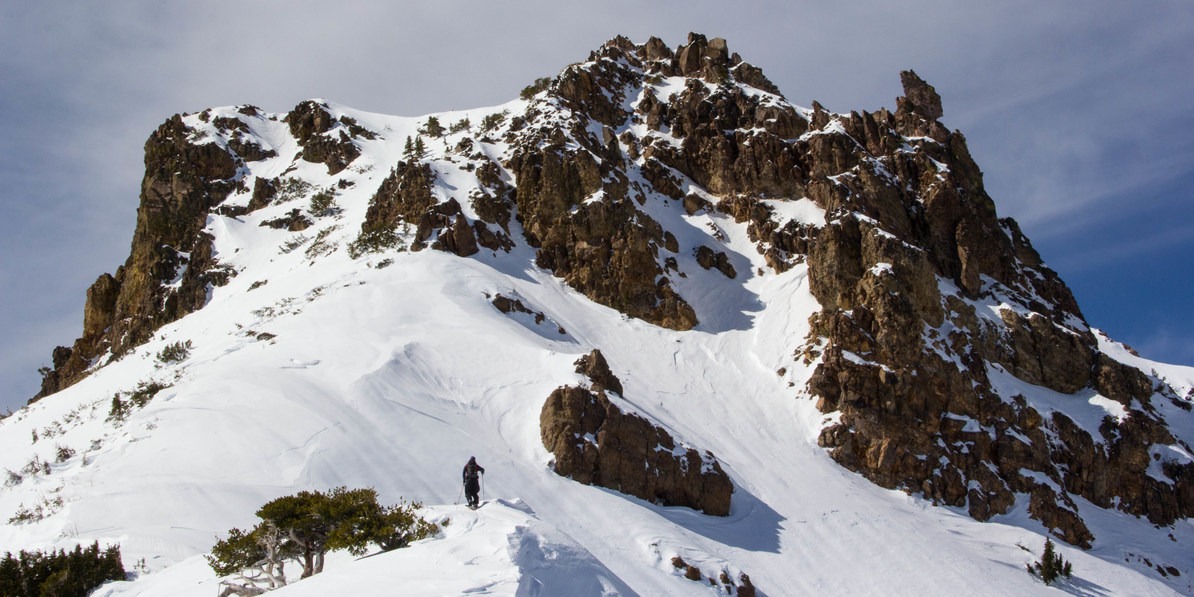
Ascending the east ridge of Mount Diller in Lassen Volcanic National Park. Photo by Aron Bosworth.
The Park Road in Lassen Volcanic National Park typically shuts down between Kohm Yah-mah-nee Visitor Center and Manzanita Lake or the Devastated Area following the first significant snowfall of the season. At this point one will have to travel long distances over snow to access the park’s interior. While it does limit access, the abundant snowfall is one of Lassen Volcanic National Park's greatest attributes. Experiencing Lassen's active volcanic landscape and impressive topographic relief blanketed in white can feel like an other-worldly experience, and a network of winter trails provides plentiful access. In addition to snowshoe and cross-country ski trails and family-oriented snow activities, Lassen's terrain offers diverse ski-touring and climbing opportunities for those inspired to earn their turns.
Arches National Park, Utah
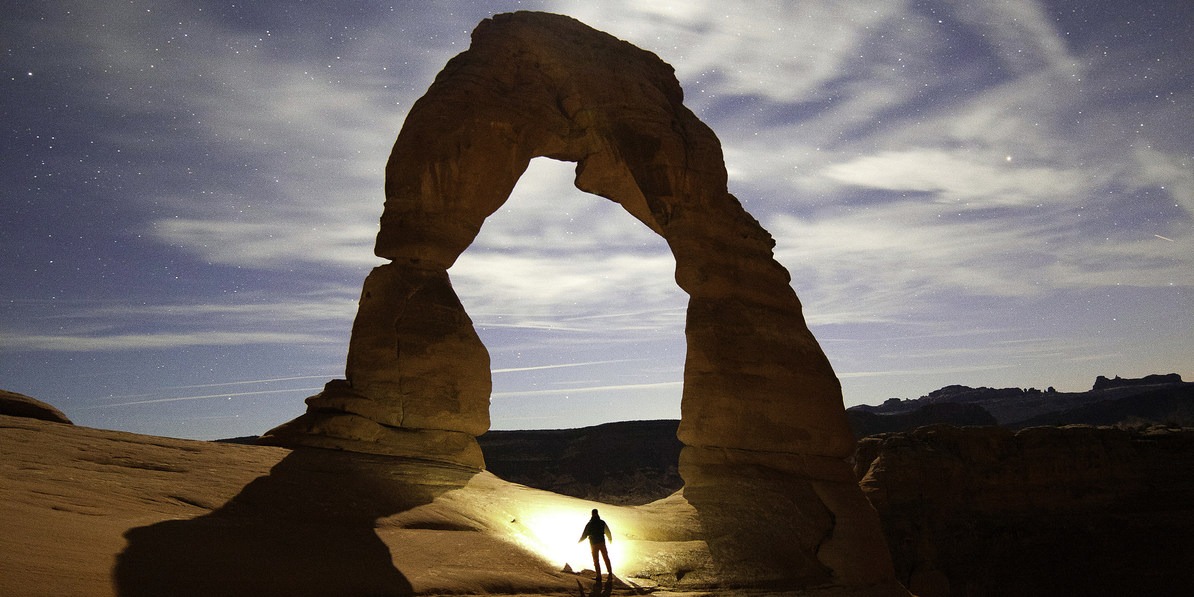
Delicate Arch under the moon. Photo by Fernando Boza.
Even a light dusting of snow on the vibrant red rocks and arches adds beautiful contrast to an already spectacular landscape. Precipitation is scant in the park, but if the forecast calls for snow, it's worth the visit. Even if the forecast doesn't call for snow, Arches National Park is a great place for stargazing, and the cold, dry winter air only enhances the view.
Rocky Mountain National Park, Colorado
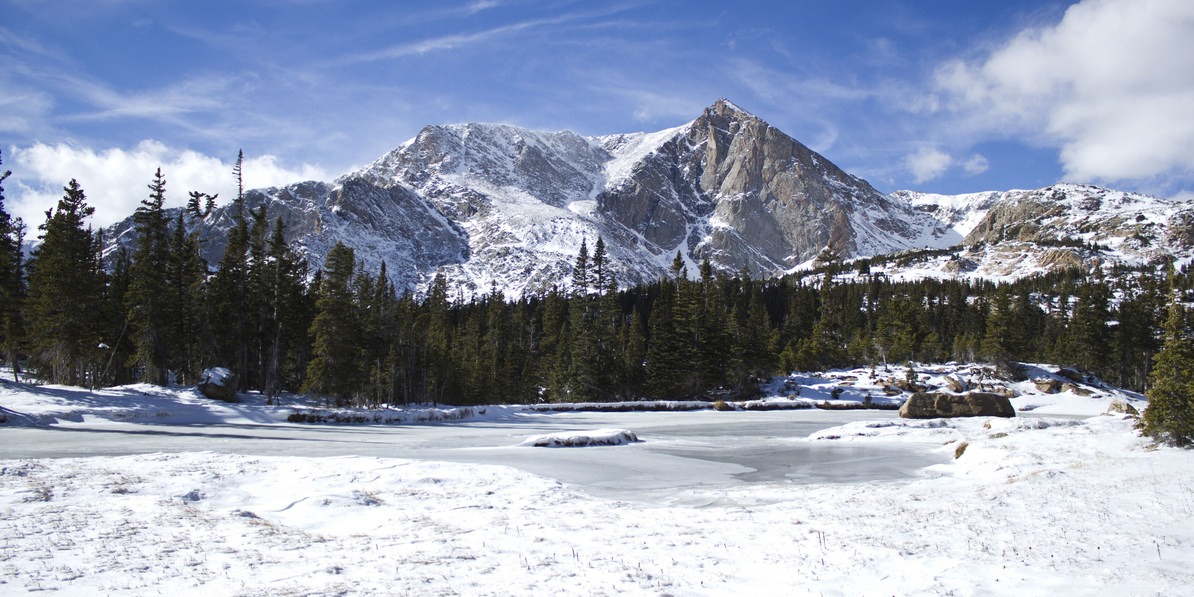
Lion Lake in Rocky Mountain National Park. Photo by Jonathan Stull.
Colorado is known as a winter destination, and Rocky Mountain National Park should not be overlooked in the snowy months. There are plenty of snowshoeing, cross-country skiing, sledding, and backcountry skiing opportunities in the park. If you're ready for a bit of snow camping, Moraine Park, Longs Peak, and Timber Creek campgrounds are open all year; while the roads accessing them are not maintained, this only adds to the winter adventure.
Grand Canyon National Park, Arizona
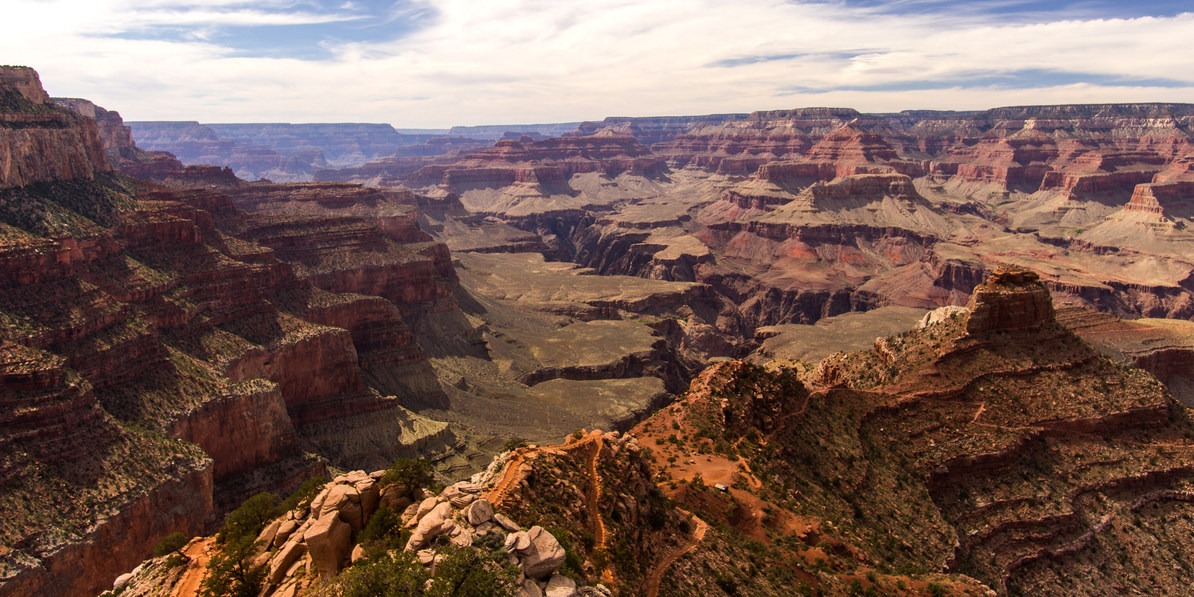
The Grand Canyon. Photo by Daniel Sherman.
Grand Canyon National Park is one of the nation's most-visited national parks. Cooler temperatures and light snowfall cause the crowds to thin, but the contrast of the snow in the canyon is certainly a sight to see. The South Rim of the park is open year round, and the train operates through the winter season.
Olympic National Park, Washington
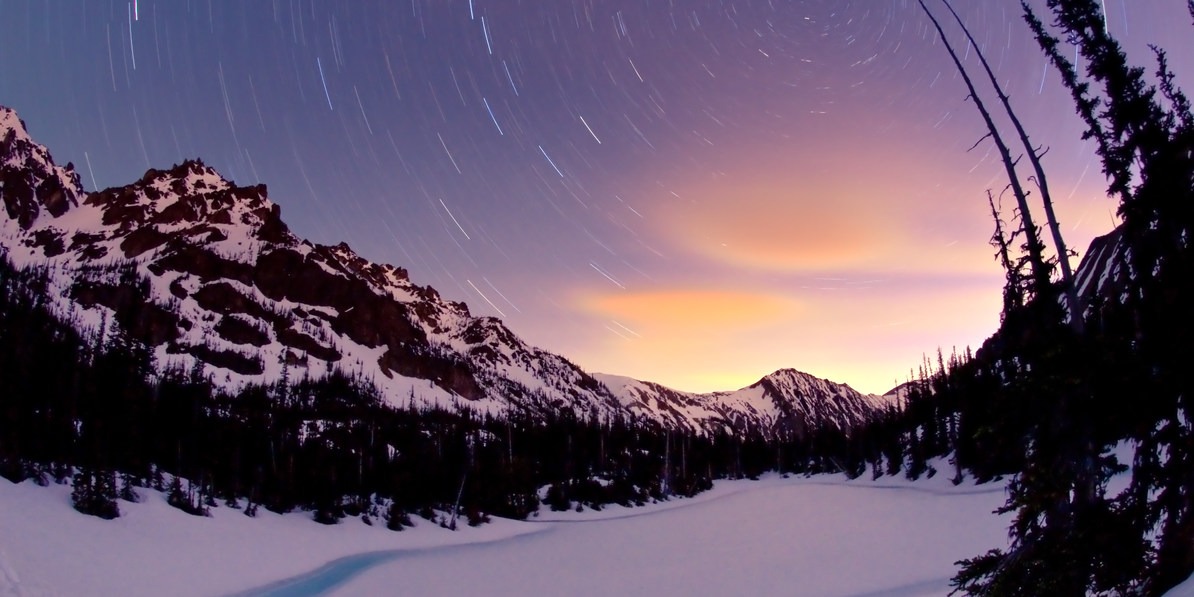
Royal Basin in Olympic National Park. Photo by Benjamin Krause.
Olympic National Park isn't the most snowy of the parks in the Pacific Northwest, but its lush forests, dramatic coastlines, and glaciated peaks make it a great destination year round. Hurricane Ridge is the focal point for winter activities and is open Friday through Sunday, weather permitting.
Glacier National Park, Montana
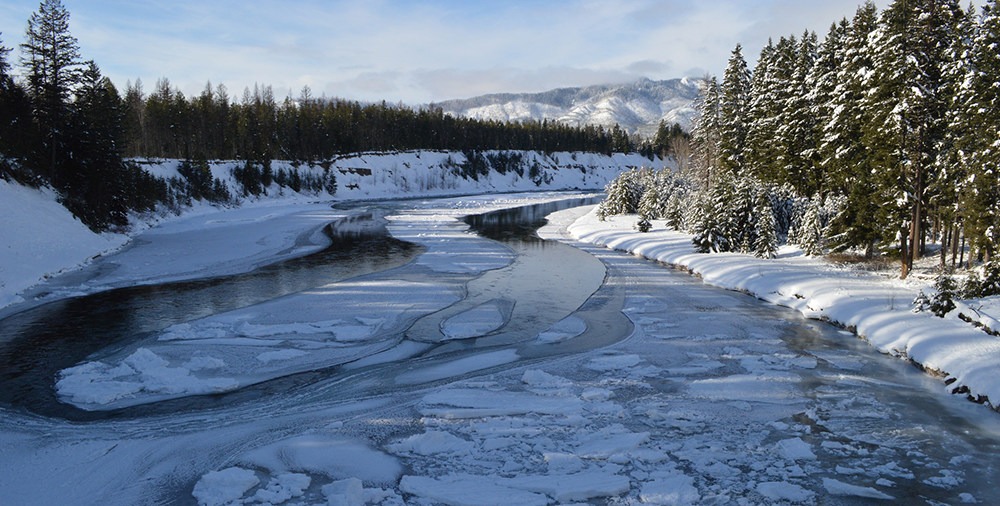
Middle Fork of the Flathead River. Photo courtesy of the National Park Service.
Most of Glacier National Park shuts down in the winter months, but even with the limited amount of road access, there are ample trails for snowshoeing and cross-country skiing. You can also take advantage of the uncrowded park and find yourself a quiet backcountry camping spot. Going-to-the-Sun ranks as one of the most difficult roads in North America to snowplow because it is common for up to 80 feet of snow to cover Logan Pass (at 6,646 feet, the highest point of the road). In all, the spring plowing effort takes nearly 10 weeks, even with equipment that can move 4,000 tons of snow per hour.
Grand Teton National Park, Wyoming
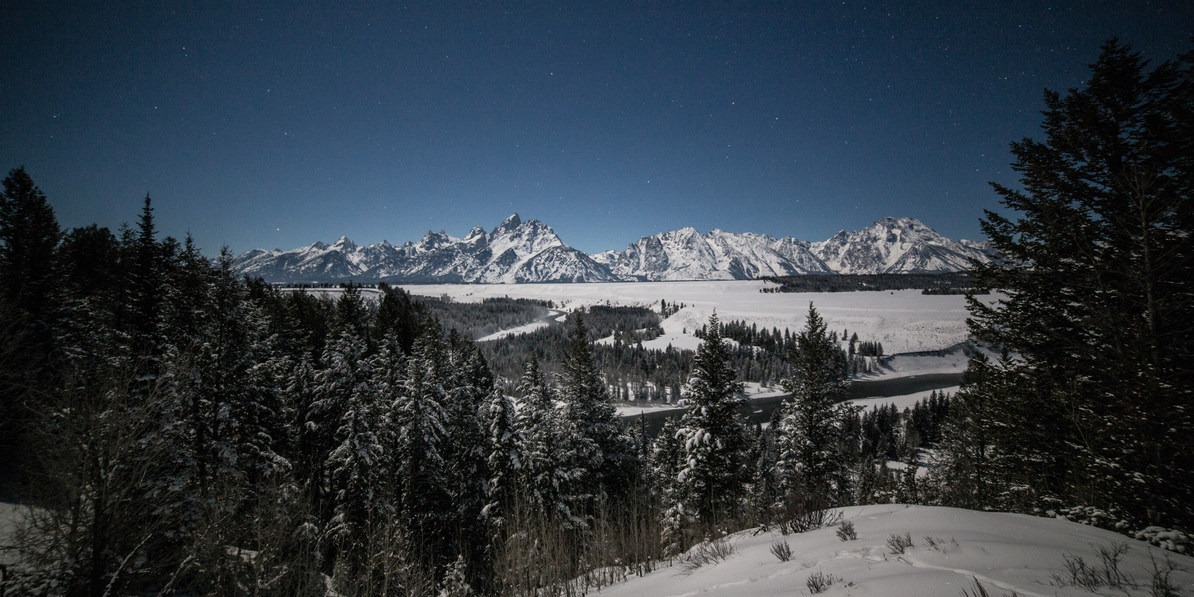
Grand Teton National Park on a cold, clear winter night. Photo by Kat Dierickx.
Winter is the perfect time for cross-country skiers, snowshoers, photographers and even hockey players to visit Grand Teton National Park. Wyoming is known for long, frigid winters, but one of the locals' favorite activities is the impromptu hockey game that happens on Jackson Lake when it freezes over, which only happens when it's really, really, really cold. The park's main roadways, Highway 89/191 and Highway 26/287, are plowed and open for winter travel from the town of Jackson to Flagg Ranch just south of Yellowstone National Park. The other roadways in the park become ski and snowshoe trails for those willing to brave the cold.
Joshua Tree National Park, California
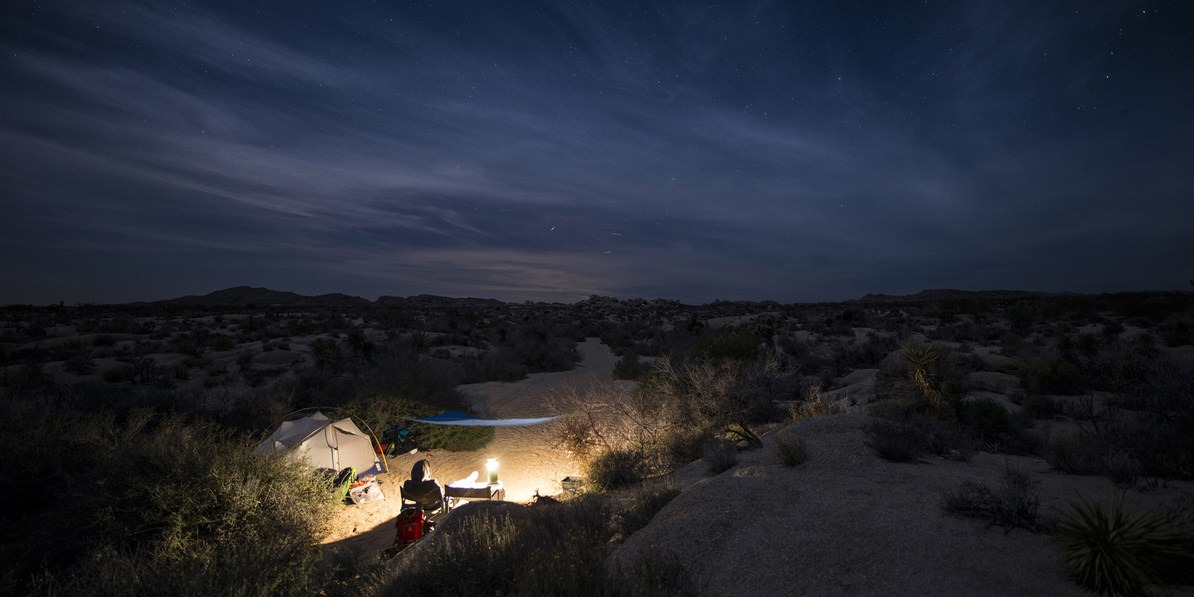
Backcountry campsite in March in Joshua Tree National Park. Photo by Tyson Gillard.
Joshua Tree National Park is hot in the summer, and often too hot to enjoy safely. Winter brings high temperatures between 60 and 70 degrees, which can make for absolutely perfect hiking. Be prepared for overnight lows to dip below freezing occasionally, however, and some storms may bring light snow. If you're lucky enough to wake up to a dusting of snow in the park, enjoy it while it lasts because it will likely melt by the afternoon.
Death Valley National Park, California
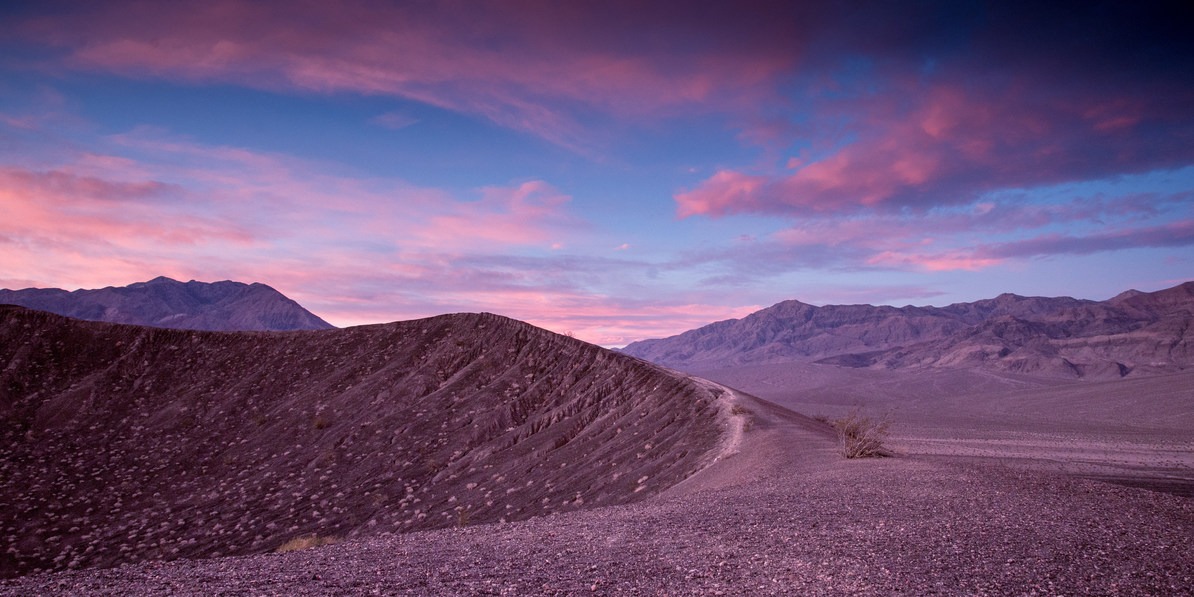
Ubehebe Crater in Death Valley National Park. Photo by John Cody.
Death Valley is often known as "the hottest place on earth", making winter the best time to explore Furnace Creek, Stovepipe Wells, Grapevine and Wildrose. It actually holds the country's temperature record with a whopping 134 degrees. Though there is no snow in the valley, you'll have a much more enjoyable vacation in the cooler months.
Yellowstone National Park, Wyoming
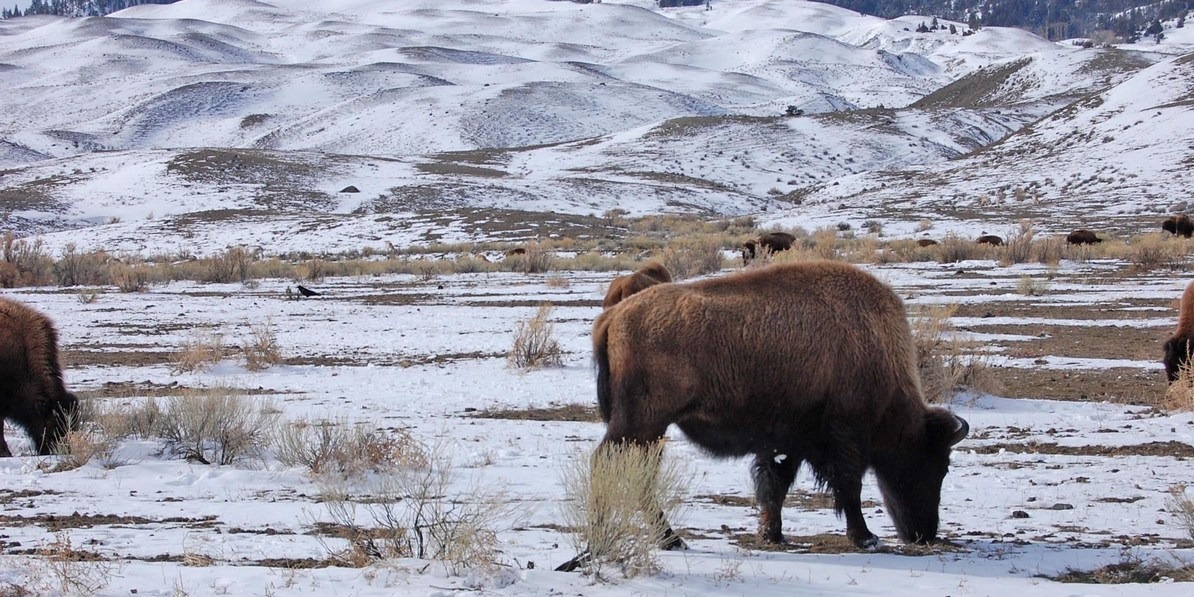
Bison near Mammoth in Yellowstone National Park. Photo by Stephanie Keene.
Yellowstone truly transforms into a winter wonderland with frigid temperatures, steaming geysers, and snowcoaches making their way across the frozen ground. By November most of the roads close with the exception of the road that runs between Mammoth Hot Springs and the northeast entrance. These roads become thoroughfares for skiers, snowshoers, snowcoaches, and snowmobiles. A few warming huts and visitor centers remain open during the winter to give guests reprieve from the cold.
Sequoia National Park, California
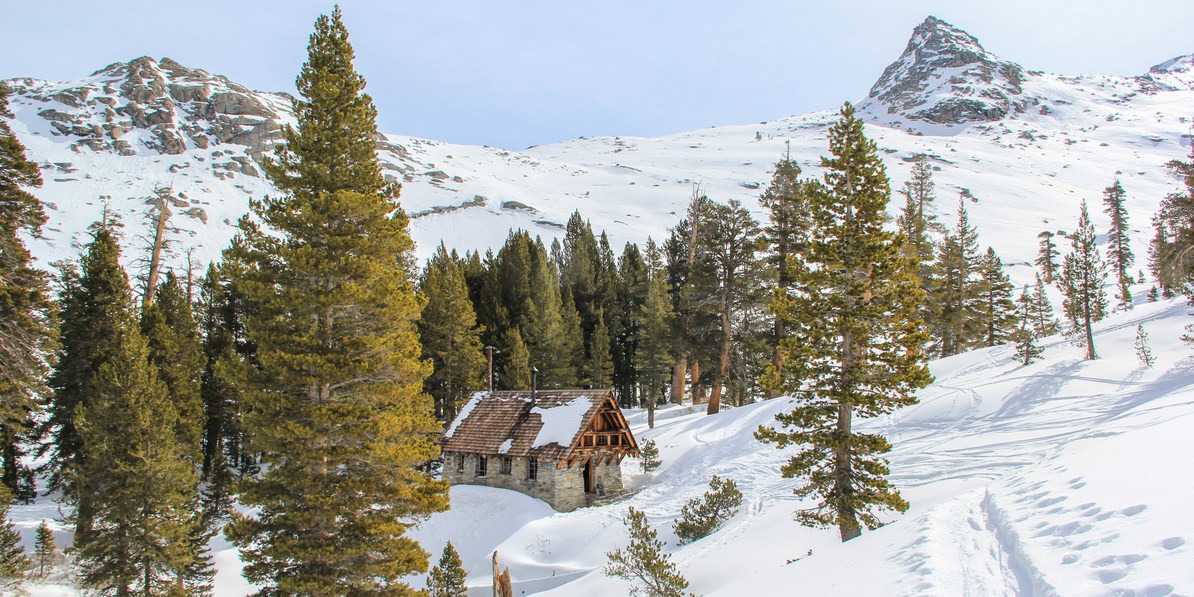
Pear Lake Ski Hut in Sequoia National Park. Photo by Aron Bosworth.
Sierra snowfall changes everything in Sequoia National Park and opens up acres of winter playground. Whether there's a light dusting providing more contrast between the redwoods and the forest floor or fresh snow filling the alpine basin for skiers and snowshoers, there are plenty of winter activities to be found in the park. Wuksachi Lodge is open year round and is the perfect base camp to explore the park in the winter.
To date, Outdoor Project is mainly a resource for the western half of the contiguous U.S. We do, however, love Acadia National Park in Maine, Great Smoky Mountains National Park in Tennessee, Shenandoah National Park in Virginia, all the Alaskan national parks and Apostle Islands National Park in Wisconsin (when the lake is frozen).
Honestly, all the national parks in the West should remain on your travel list regardless of the season. Sure, you may need more layers, and planning your winter camping sites or accommodations may take more effort. But a visit to the national parks in winter is, in our opinion, one of the best ways to experience these lands and quite possibly one of the nation's best kept secrets.

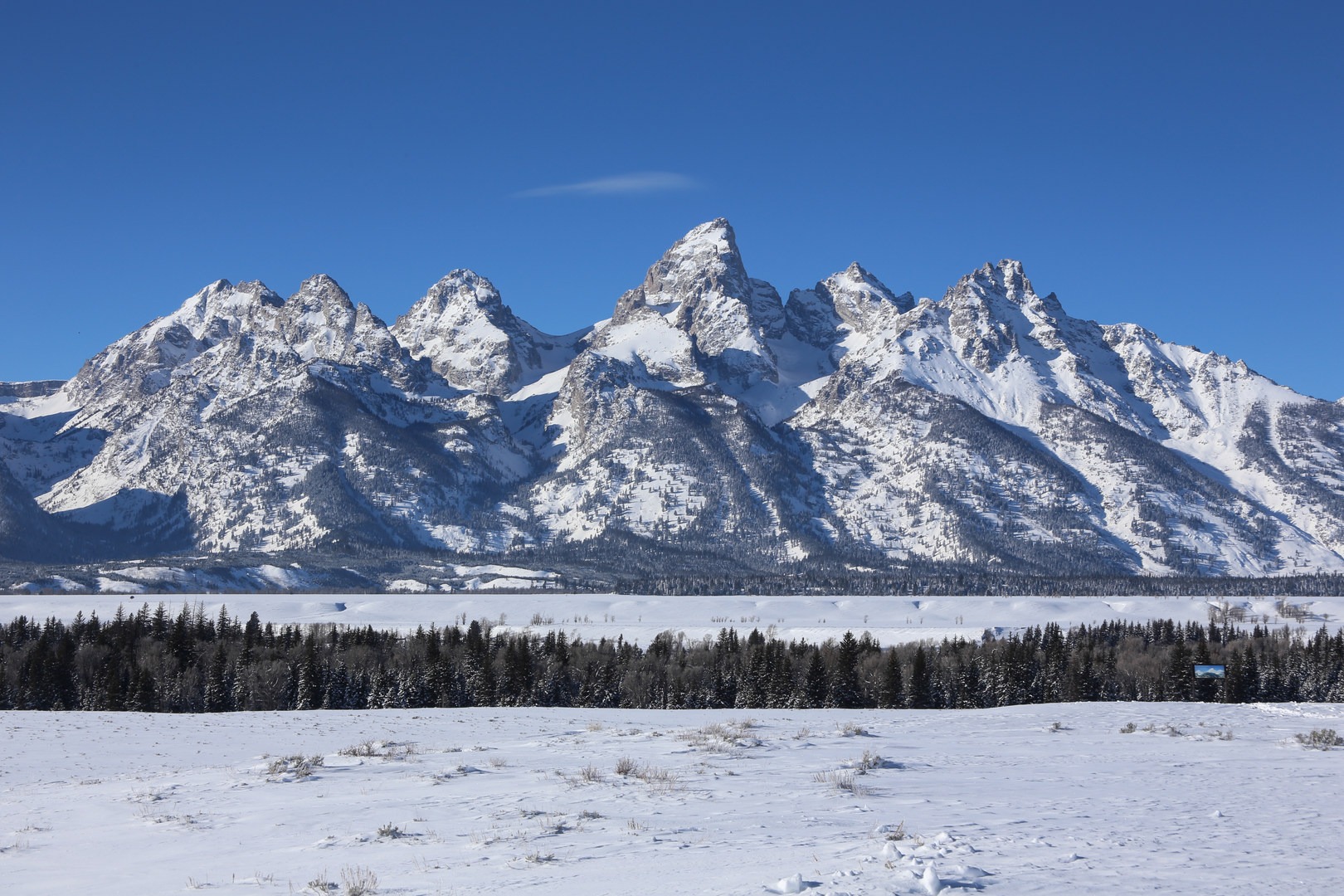
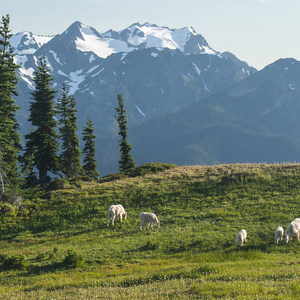
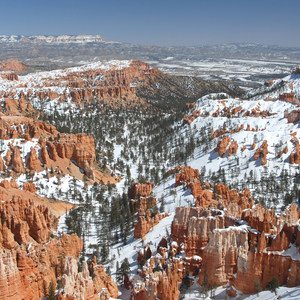
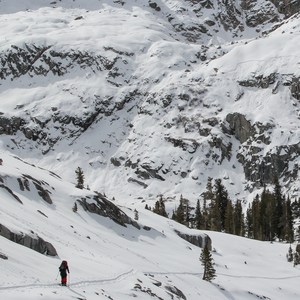
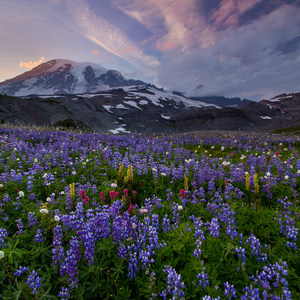
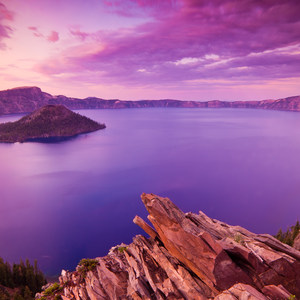



Comments
Sign In and share them.